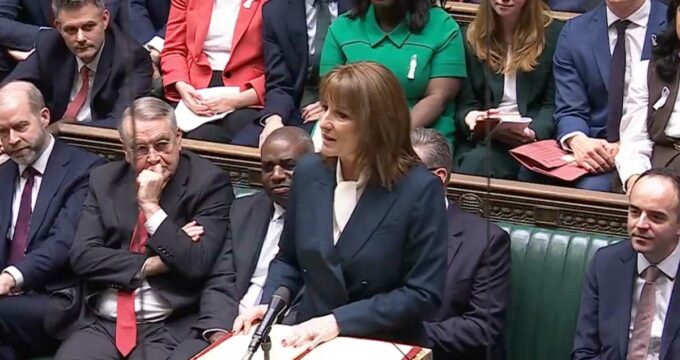Top trends in strategy and pricing for educational travel providers
Today's two-part video interview covers the top trends in strategy and pricing for the educational travel industry. ICEF Monitor sits down with Mr Samuel Vetrak, founder and CEO of youth travel consultancy StudentMarketing, a market research and business development company specialising in the global youth, student and educational travel market. The company provides comprehensive insights on global student mobility patterns and market trends, and helps organisations to succeed in the international youth travel market.
Key markets and strategies for the language travel sector
In Part 1 of our interview, Mr Vetrak guides education providers through the major trends and opportunities that may impact their marketing and recruitment efforts. Mr Vetrak outlines the global educational travel landscape as follows:
- 4.1 million higher education students (65% of total), expected to increase to 7 million by 2020;
- 2 million language travel students (32% of total), expected to increase to 2.5 million by 2020;
- 200,000 K-12 students (3% of total), expected to increase to 260,000 by 2020.
Mr Vetrak highlights that boarding schools, primary and secondary schools are working more and more with language schools and language travel providers. Along the same vein, higher education institutions are also collaborating more closely with the language sector, thereby tightening up the pathways model. Furthermore, he observes that lately, companies in the language travel sector are more focused on increasing their margins rather than student numbers, and as a result, the sector is witnessing a rising number of consolidations, mergers, and acquisitions.
Emerging markets in K-12 and language travel
One of StudentMarketing's strengths is the company's ability to source and analyse data, and their research shows educational providers how to identify the emerging source markets that are most suitable to their academic offering, as well as how to use a research-driven approach, and how to evaluate various marketing strategies to obtain the desired results. As explained in the first half of our interview above, for the budding K-12 sector, Mr Vetrak confirms that China is the number one source market, but also shares a tip with viewers that European countries such as Germany, Spain and Italy are growing in strength. He also talks about the latest trends in both K-12 and language travel sectors and how the industry is evolving. Emerging markets account for approximately two thirds of the current enrolments in educational travel, and represent powerful growth potential. Mr Vetrak cites Brazil, Turkey and Russia as key emerging source markets that balance out the losses from countries that were hit by the global economic crisis.
Pricing strategies for language travel
There are various factors to consider when determining your growth strategy to increase student enrolments, such as:
- comparing current enrolment figures with future goals (i.e., increase student numbers by x%, double the number of countries your institution works with, etc.);
- setting a realistic time frame to reach goals;
- reviewing the current product mix (to ensure your products are aligned with the markets' needs and demands);
- examining current and new marketing techniques, including how often you visit source markets;
- evaluating your pricing levels vs. the competition's.
We review the latter, pricing, in the second half of our interview below. As a market research and business development specialist for the youth and educational travel industry, Mr Vetrak also keeps tabs on the latest trends in business models and pricing strategies for the language travel sector. Part 2 of our video interview moves into pricing strategies, particularly when viewed through a B2B vs. B2C lens. Mr Vetrak explains that there are a variety of techniques a company can use to set their pricing, such as combining gross prices with special offers, or setting net price deals with partners and allowing them to be creative, or setting a nationwide price and deals on commissions. For more information and advice, please see our related article "Pricing strategy in the language travel industry."
Most Recent
-
Canada announces international student cap numbers for 2026 and updated programme guidance Read More
-
Building the bridge to campus: The first stage of student satisfaction begins long before admission Read More
-
The power of data and narrative in building public support for international students Read More
















